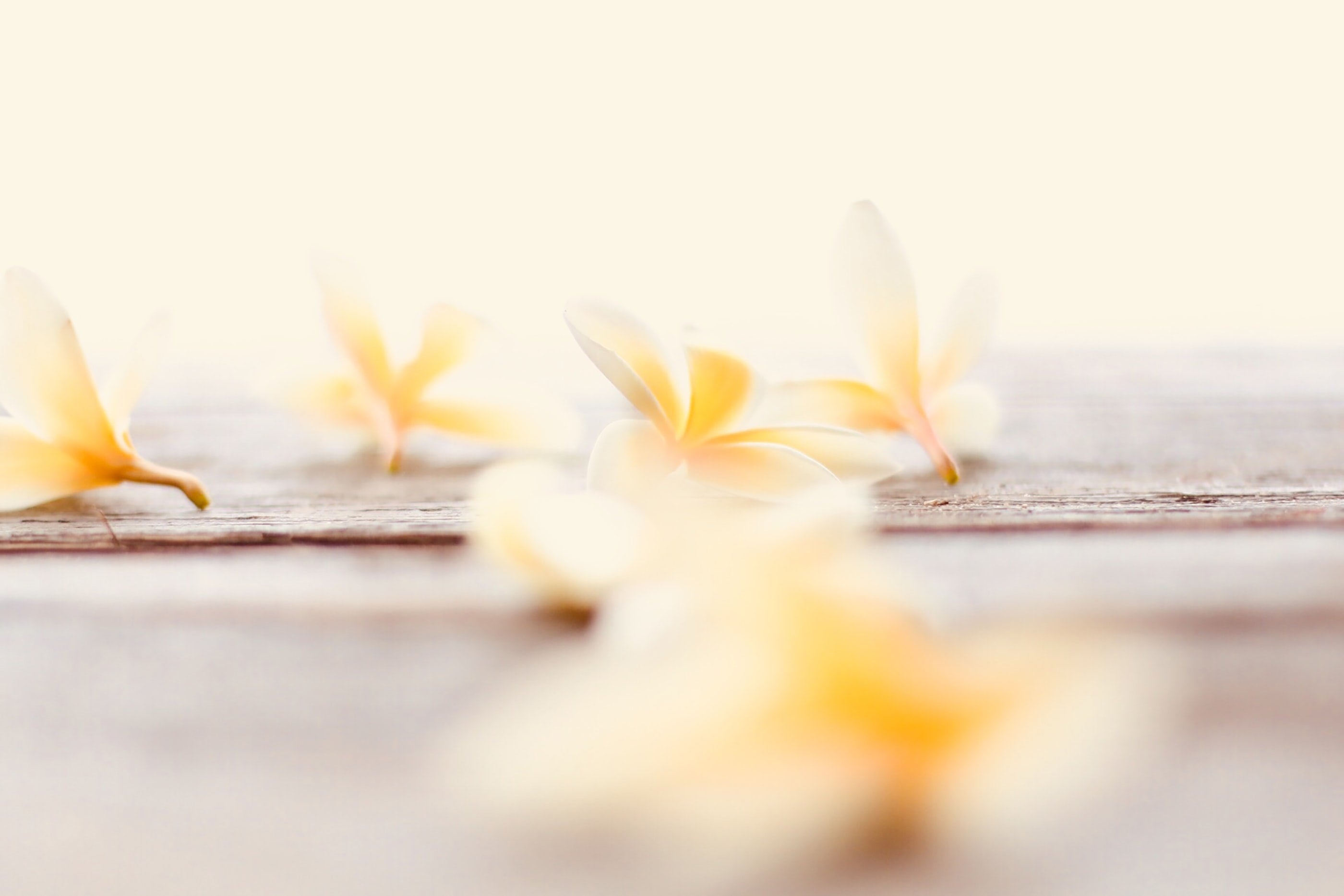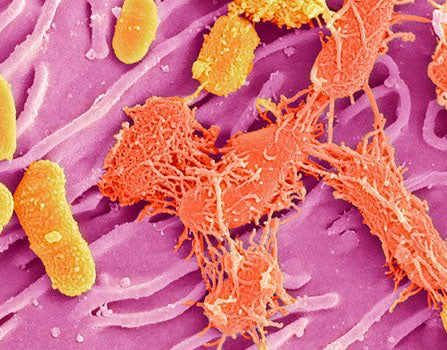
Ingredient Spotlight: Monoi de Tahiti
Tahitian Monoi oil has been passed down through generations of South Pacific healers and is often lauded as a French Polynesian medicinal and beauty secret because of its unique ability to heal, nourish and rejuvenate long after its application. But what makes it so special for skin defense? Let’s dive it!
We use Monoi de Tahiti across our line and it appears on our ingredient deck as Cocos Nucifera (Coconut) Oil and Gardenia Tahitensis (Tiare) flower extract. We're spotlighting it today because, for many acne prone friends, seeing coconut oil may be concerning, but we’d like to share a few interesting pieces of information very specific to Tahitian Monoi, the reason we love and use it, the third party testing its undergone (it’s in fact non-comedogenic) and the beautiful time-honored traditions that make it so unique.
I discovered Monoi de Tahiti on my honeymoon MANY years ago and had the pleasure of seeing exactly how it is made…and it’s not your average oil.

The champagne of skin-loving oils
It’s often referred to as the champagne of exotic oils! And for good reason. Much like champagne cannot be called or labeled as such unless it follows strict regulations from the French government with respect to the type of grape, the location the grapes were grown and the process in which it undergoes to become the bubbly beverage we love, certified Tahitian Monoi oil is similar! To ensure the process and integrity of Monoi was protected, in 1992 the French government passed the first appellation of origin law (AO or appellation d’origine).Ensuring Monoi is made only in French Polynesia, of local ingredients, and in accordance with the centuries old traditions of production, the regulation also ensures efficacy in your products. The end user, in this case products like ours, must follow specific guidelines on usage levels that meet or exceed the required percentage in the final formula in order to state Monoi de Tahiti and use the AO certified seal. And we do just that!

A snapshot: How it's made
Made in Polynesia with coconuts grown on coral soil, the coconut meat is first dried and pressed. The oil from this process is purified into a beautiful lightweight, nutrient rich consistency to which fresh Tiare flower buds are added. Those buds must be picked fresh and used within 24-hours to maintain their freshness and potency. The buds are then macerated in the oil and soaked for a minimum of ten days by regulation, at which time they are drained and the Monoi de Tahiti is ready for use! It is that process that transforms this ingredient from your traditional fractionated coconut oil into something so much more.
But, is it comedogenic?
Our Monoi de Tahiti has been globally third-party tested (EUROFINS) to be non-comedogenic. Amongst many other skincare benefits, Certified Monoi is high in lauric acid, which is actually found in some acne products because its both antimicrobial and anti-inflammatory. If you know our brand, you know I am not a fan of claims like this simply because I believe everyone’s skin is different and loves different ingredients! While individual ingredient benefits and testing is extremely important, it important to look at the quality of the final formula on the whole, which we are very proud of.

Why we love and use it!
Tahitian Monoi is another great example of carefully curated and responsibly sourced plant-power! We love it because it's a centuries-old + proven skin protector and healer! Additionally, and my favorite reason, is that it has been clinically shown to provide healing, nourishing and moisturizing benefits for up to FOUR hours after exposure! This means your skin’s defense barrier is getting the important support it needs to stay healthy and strong long after application. After all, beyond just the UV protecting screen, your skin benefits tremendously from ingredients that continue to work hard long after your skin has been exposed to environmental elements like sun, wind and pollution.
Being loaded with fatty acids and vitamins, like Omega 3 and soothing vitamin E, Monoi de Tahiti lends itself to be a wonderfully nourishing ingredient for sensitive skin (like mine!).



